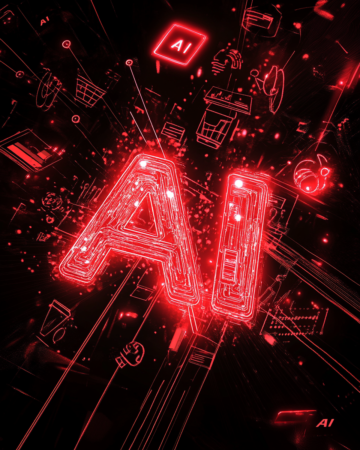Quick Takeaways
- Revolutionary Algorithm: A new machine learning algorithm, DINGO-BNS, accelerates the analysis of gravitational waves from binary neutron star mergers, achieving full characterization in about one second compared to traditional methods that take around an hour.
- Enhanced Precision: The algorithm improves accuracy in determining the sky position of neutron star mergers by 30%, enabling faster and more precise localization for follow-up observations with telescopes.
- New Standards in Astronomy: DINGO-BNS sets a potential standard for real-time data analysis in astronomy, facilitating timely observations of the electromagnetic signals linked to neutron star mergers and optimizing telescope usage.
- Innovative Techniques: The study introduces technical innovations like event-adaptive data compression, blending machine learning with physical domain knowledge to tackle the complexities of gravitational wave analysis in real-time.
Neural Network Decodes Gravitational Waves in Seconds
Scientists have made a groundbreaking advancement in the analysis of gravitational waves from merging neutron stars. An international team developed a machine learning algorithm called DINGO-BNS. This system deciphers critical data in about a second. Traditional methods typically require up to an hour.
Binary neutron star mergers occur millions of light-years away from Earth. They produce gravitational waves that present major challenges for standard data-analysis techniques. Current detectors capture these faint signals over long periods. They can yield minutes of data now, with future observatories potentially providing hours to days. Analyzing such extensive datasets can strain computational resources and time.
DINGO-BNS can fully characterize merging neutron stars, including their masses, spins, and locations. This process is significantly faster and more precise than existing methods. According to Maximilian Dax, a Ph.D. student involved in the research, “Rapid and accurate analysis is crucial for localizing the source.” Accurate localization helps astronomers point telescopes toward the source and capture accompanying signals, such as visible light from the kilonova explosion following a merger.
The potential of real-time data analysis cannot be overstated. It could set new standards across observational astronomy. Present techniques used by the LIGO-Virgo-KAGRA collaboration make approximations that reduce accuracy. DINGO-BNS avoids these pitfalls, providing detailed insights. For example, it improves sky position determination by 30%.
Stephen Green, a UKRI Future Leaders Fellow, emphasized the importance of innovative techniques, such as event-adaptive data compression. Bernhard Schölkopf, a top researcher, noted how combining machine learning with domain knowledge enhances effectiveness. This synergy reflects the future of astrophysics research.
Ultimately, DINGO-BNS could transform how scientists observe neutron star mergers. By enabling joint observations of gravitational-wave detectors and telescopes, this technology paves the way for early multi-messenger observations. Such developments could lead to new discoveries about the merger process and the enigmatic kilonova phenomena, significantly enriching our understanding of these cosmic events.
This advance highlights not only the power of machine learning but also its potential to revolutionize how we study the universe. As technology progresses, the avenues for exploration in astrophysics seem limitless.
Expand Your Tech Knowledge
Stay informed on the revolutionary breakthroughs in Quantum Computing research.
Explore past and present digital transformations on the Internet Archive.
SciV1

